Affiliate links on Android Authority may earn us a commission. Learn more.
How to solve common Amazon Alexa problems
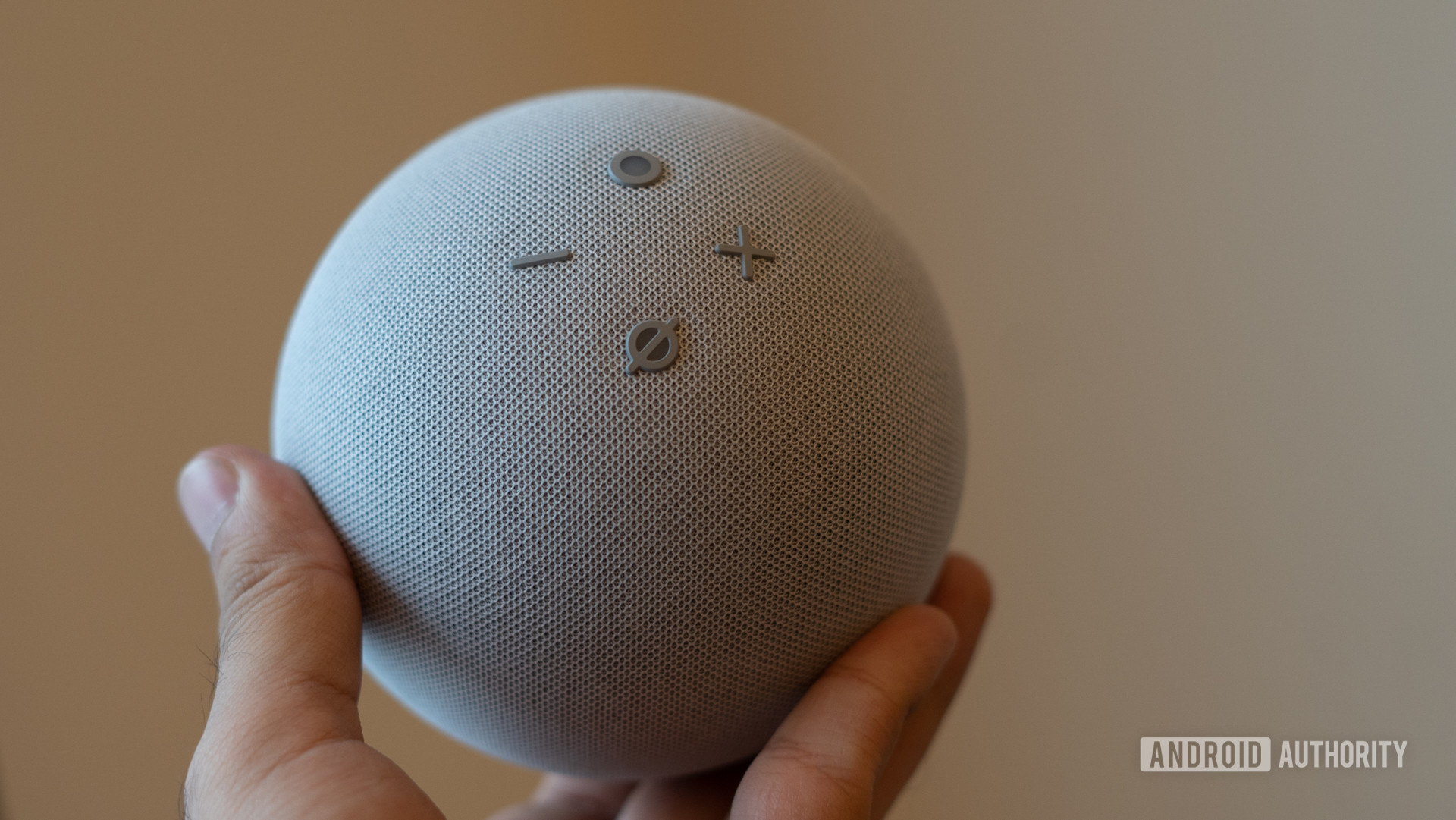
As wonderful as smart speakers can be, they’re like any other piece of technology — sometimes, they break or refuse to work the way you expect. Here’s how to solve common Amazon Alexa problems. We should note that most of these steps will apply to any speaker based on Alexa, not just devices like the Echo or Echo Show.
Read more: How to use Amazon Alexa
Alexa is triggering at the wrong times
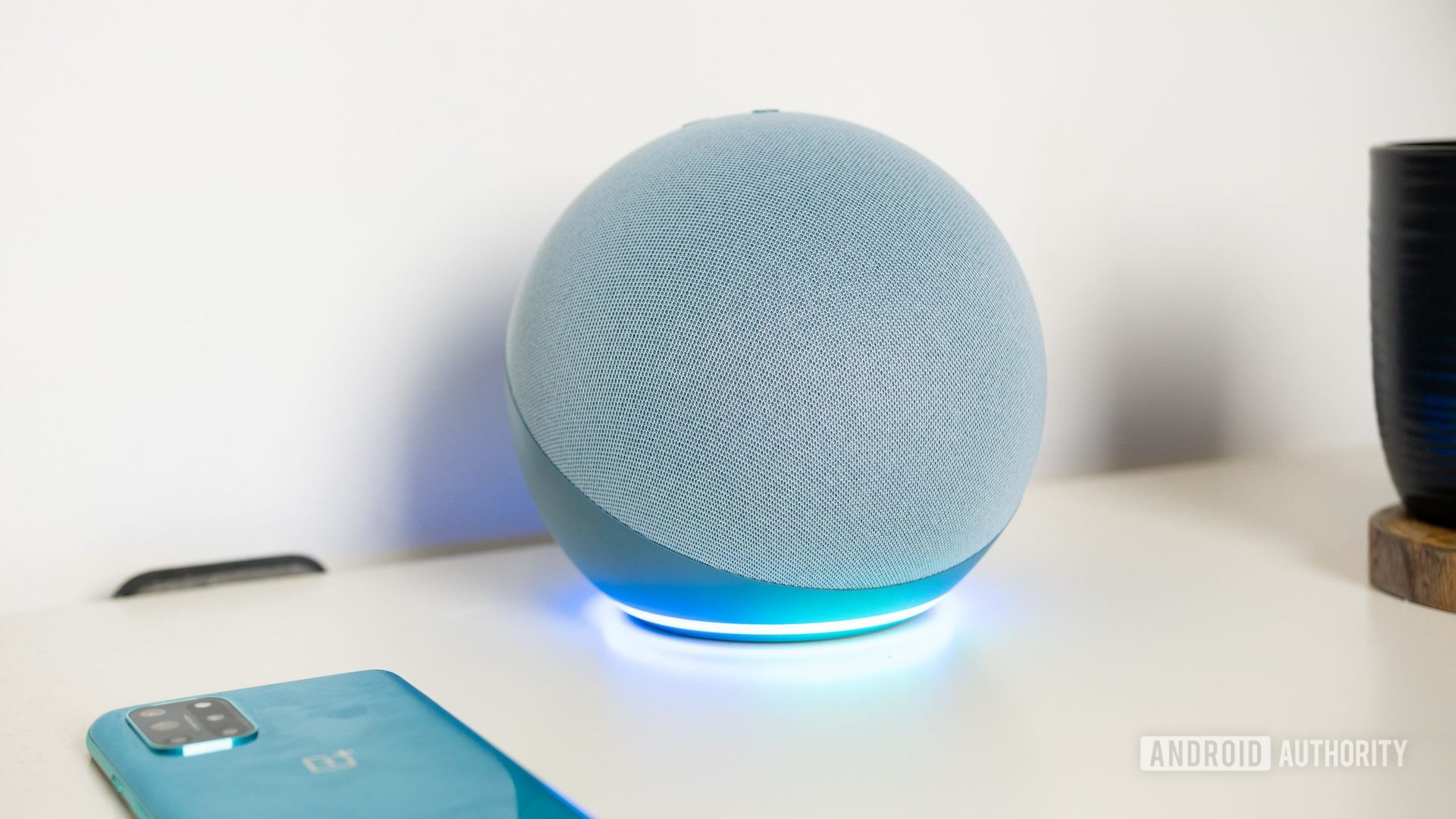
Unless you mute them, Alexa speakers continually listen for a wake word to accept your voice commands. By default, of course, this word is Alexa. Amazon chose it in part because the hard consonant sound of the X is easy for Echo speakers to recognize.
Occasionally, Alexa can be triggered accidentally. There are a few possible reasons, including someone saying “Alexa” in an ad or YouTube video. It can also misinterpret similar-sounding words, erring on the side of activating so your speaker never feels unresponsive. If there’s someone named Alexa among your family or friends, that’s an obvious one.
If you don’t want to mute your speaker regularly, altering the wake word is the best workaround. You can do this via the Alexa app for Android, iPhone, or iPad.
- Open the Alexa app, and select the More tab.
- Tap Settings, then Device Settings.
- Pick the speaker/display you want to change the wake word for.
- Tap the gear icon in the upper-right.
- Scroll down and select Wake Word.
Aside from Alexa, there are currently four options: Echo, Amazon, Ziggy, or Computer. We’d suggest Ziggy if you’re dealing with a lot of accidental triggers, since the other options can come up in regular conversation. “Computer” can be fun to use if you’re a Star Trek fan.
Related: Guide to Amazon Alexa commands
Alexa skills aren’t working
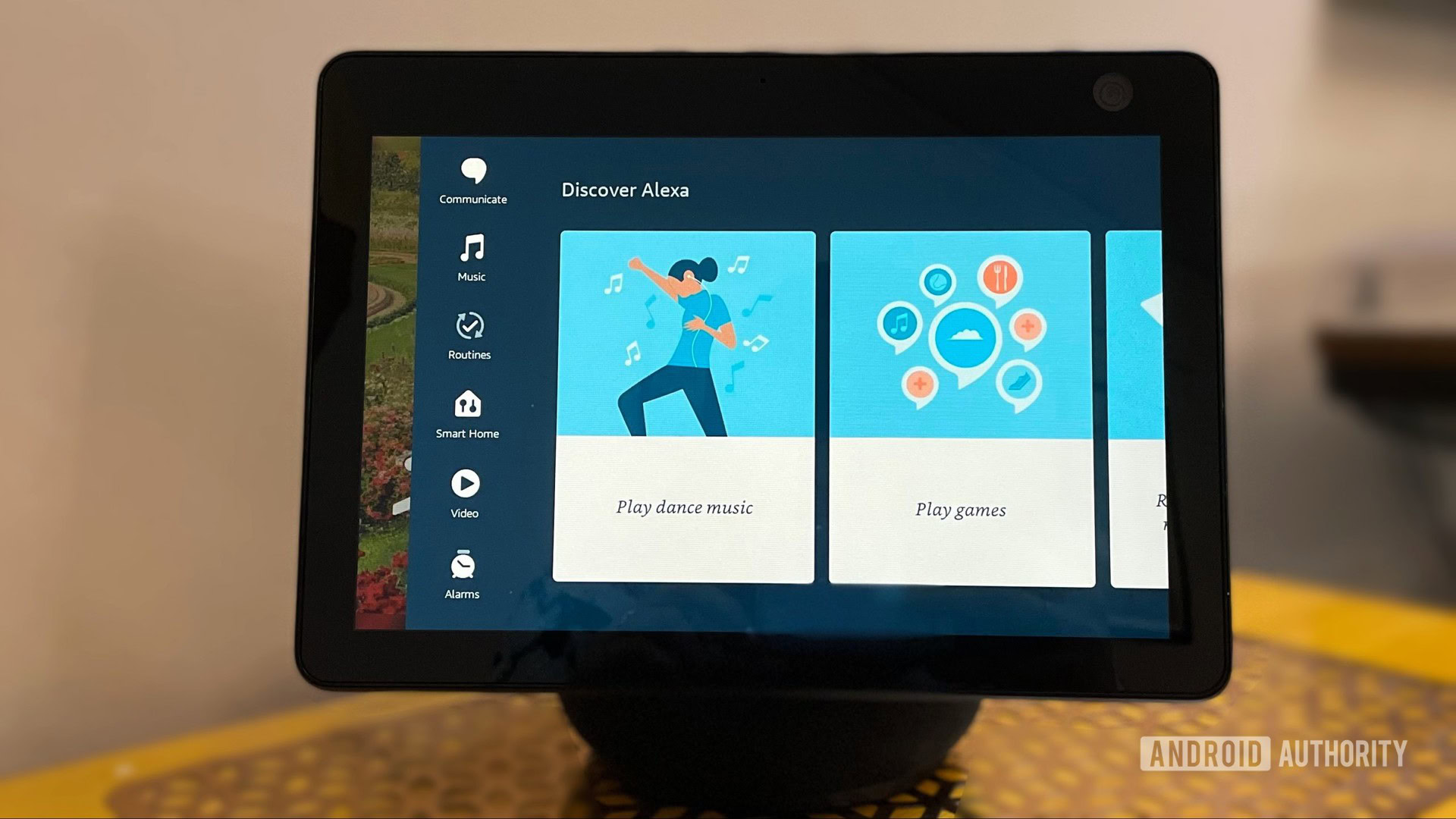
Skills are third-party creations that expand Alexa’s feature set. These can enable everything from ambient sleep sounds to music services and smart home controls.
If a skill isn’t working, be sure you know how to trigger it by locating its page in Amazon’s Skills directory. You need specific phrases to make a skill run, which will be listed. You may also need to “open” some skills before most or any commands can be used.
When commands aren’t the issue, you may need to disable then re-enable a skill. You can accomplish the latter via Amazon’s Skills directory so long as you’re signed in to the same Amazon account you use for Alexa. Alternately, you can use the Alexa app.
- Open the More tab.
- Tap Skills & Games.
- Select the skill you’re looking for under Your Skills.
- Tap Settings, then Disable Skill.
- Once the option appears, re-enable the skill.
If that doesn’t work immediately, you may need to restart an Alexa speaker by unplugging it, waiting a few moments, then plugging it back in.
Another possibility is that a required third-party account has become unlinked. If so, you can fix that through the same menu used to enable and disable skills.
Alexa can’t stay connected to Wi-Fi
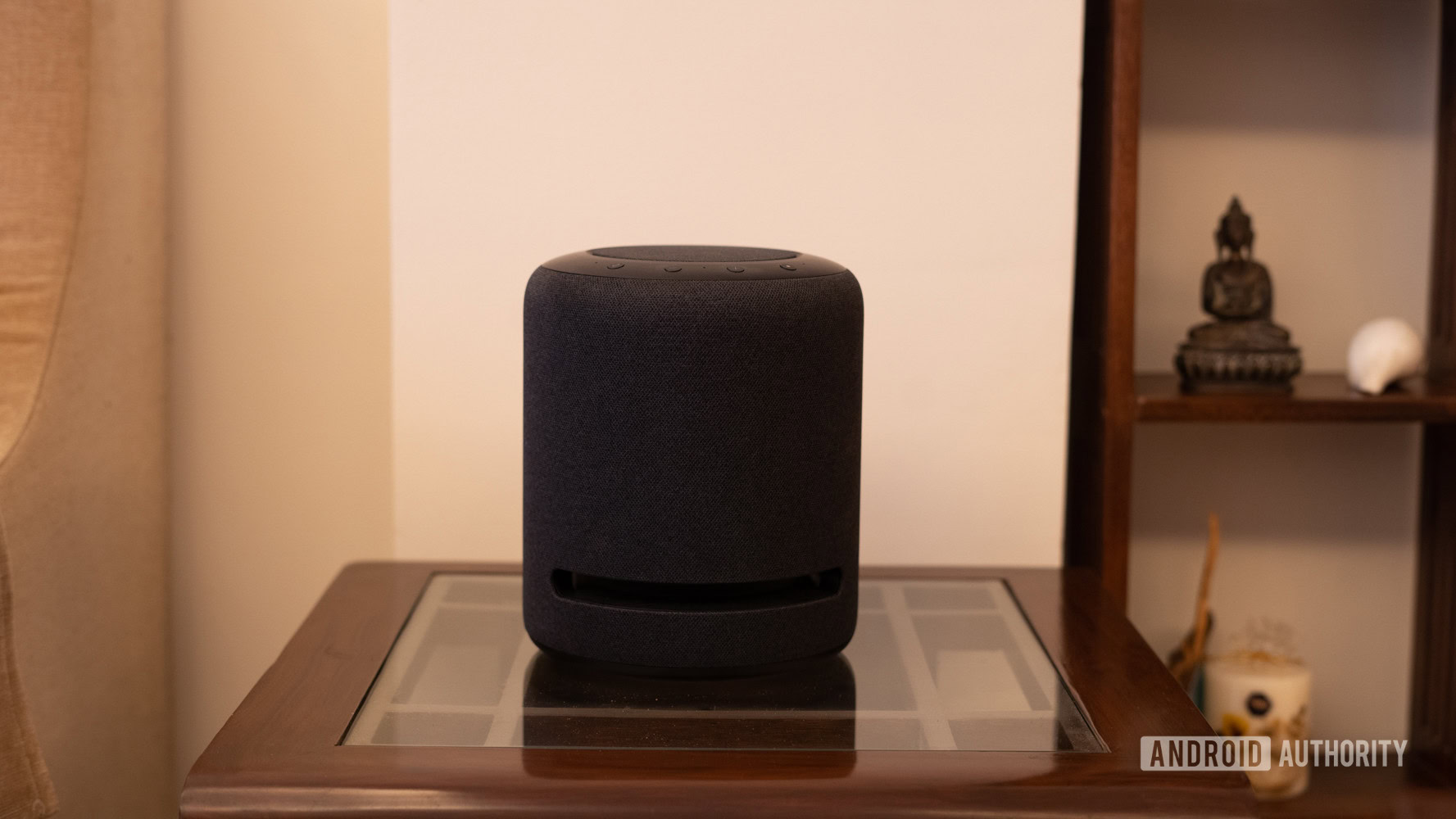
When an Alexa speaker can’t reach the internet, it tends to complain loudly and immediately, since it depends on Amazon servers to interpret most voice commands. In some cases this will be out of your hands — if there’s an internet outage in your area, you’ll have to wait for your internet service provider (ISP) to fix things. You do, however, have some troubleshooting options if you suspect it’s your modem, speaker, or local Wi-Fi network at fault.
On a basic level, you need to make sure both your Wi-Fi router and Alexa speaker are out in the open, separated by as few walls and objects as possible. Some people make the mistake of stuffing their router in a closet, drawer, or behind furniture, which reduces signal strength and range.
Drop-outs could mean your Wi-Fi router is just oversaturated with connections.
Closer proximity can improve reliability too. If you live in a large house, or your router is on a different floor from the affected speaker, it could be that you’ll need to upgrade to a mesh router, add a Wi-Fi extender, or use multiple conventional routers.
Before you buy new hardware however, we suggest power cycling (unplugging, waiting, then plugging back in) devices in the following order: your speaker, router, then modem. Between each step — and this is critical — check to see how Wi-Fi is doing, and stop if a speaker’s internet access becomes solid. Going methodically will narrow down causes.
Drop-outs could mean your Wi-Fi router is just oversaturated with connections. Even the best routers can only handle so many devices simultaneously, and at their limit, they’ll temporarily drop one or more connections to handle others. If devices are regularly dropping from your network after ruling out signal trouble, try disconnecting whatever you’re not using and/or upgrading to a more capable Wi-Fi 6 or 6E router.
See also: Here are some possible Wi-Fi fixes
Alexa can’t understand you consistently
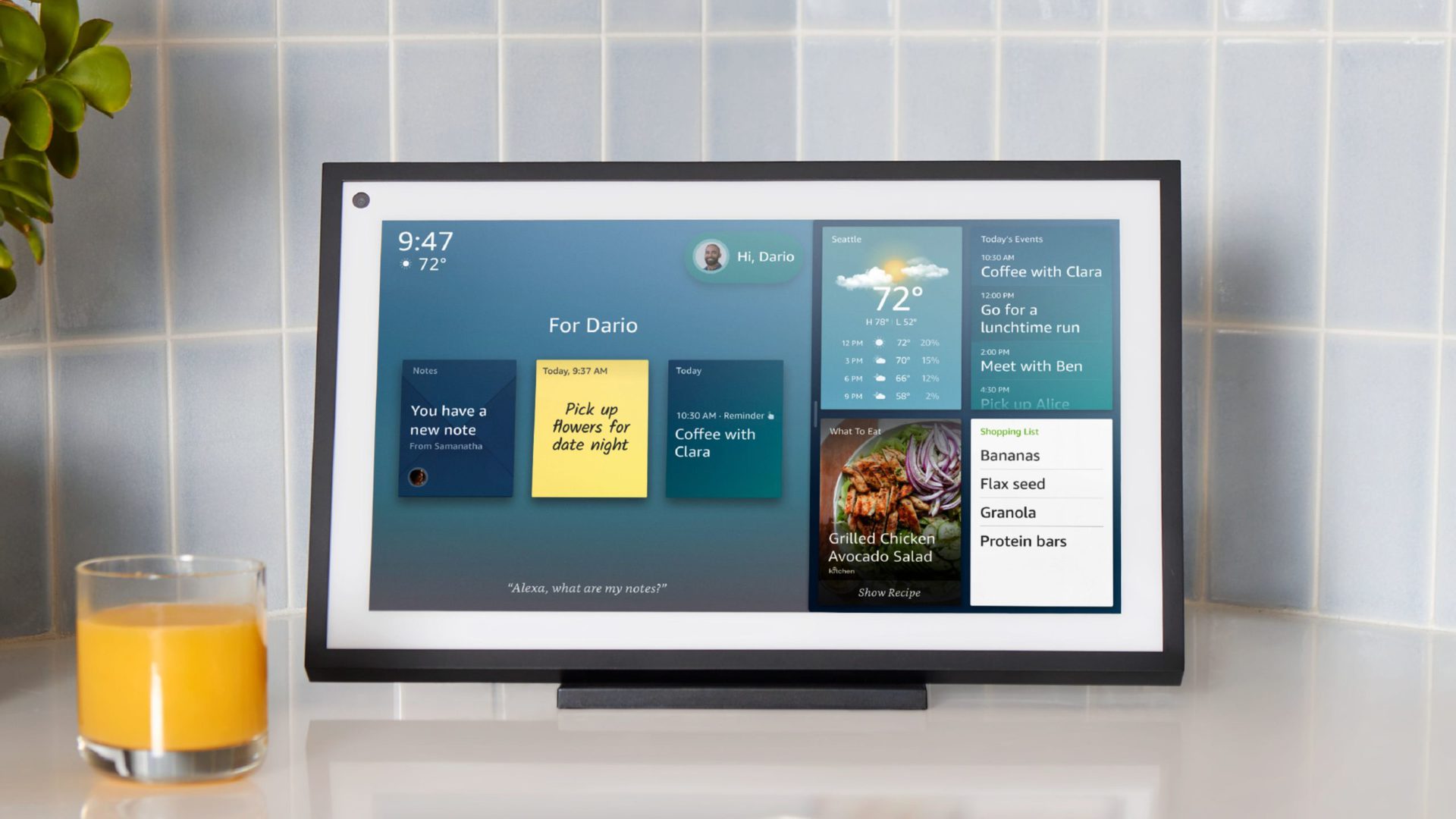
Most Alexa speakers are equipped with multiple microphones, and, thanks to clever algorithms, can often distinguish your voice against background audio. If you have to repeat commands too often, here’s what to do.
First, set up a Voice ID. This accommodates Alexa to your accent and mannerisms and personalizes things like calendars and reminders if you’re using it with multiple profiles. To create a Voice ID, you can tell a speaker, “Alexa, get to know me,” or use the Alexa app.
- Select the More tab, then Settings.
- Tap Your Profile and Family.
- Tap Your Profile (your name).
- Select Add Your Voice.
You should also position speakers as ideally as possible. Keep them reasonably far from TVs, and make sure they’re sitting unobstructed near where you expect to use them. A hallway bookshelf might be a convenient place to put an Echo, but if you’re talking to Alexa from a nearby room, it’s going to have trouble hearing you.
Echo alarms, timers, and notifications are too loud
This issue is Echo-specific, since other Alexa speakers may operate differently, but you’ll often find alarms, timers, and other alerts louder than a speaker’s general volume. It’s not even a problem necessarily, since you might consider some alerts so important that you need to hear them whether you’re sleeping or in another room.
If you want to reduce Echo alert volumes, the solution is in the Alexa app.
- Select the Devices tab, then Echo & Alexa.
- Choose the Echo you want to fix.
- Tap the gear icon in the upper-right.
- Tap Sounds.
- Adjust the slider under Alarms, Timers, and Notifications.
- Optionally, you can have alarms gradually increase in volume until canceled, or pick less abrasive Alarm and Notification tones.
What if I have other Amazon Alexa problems?
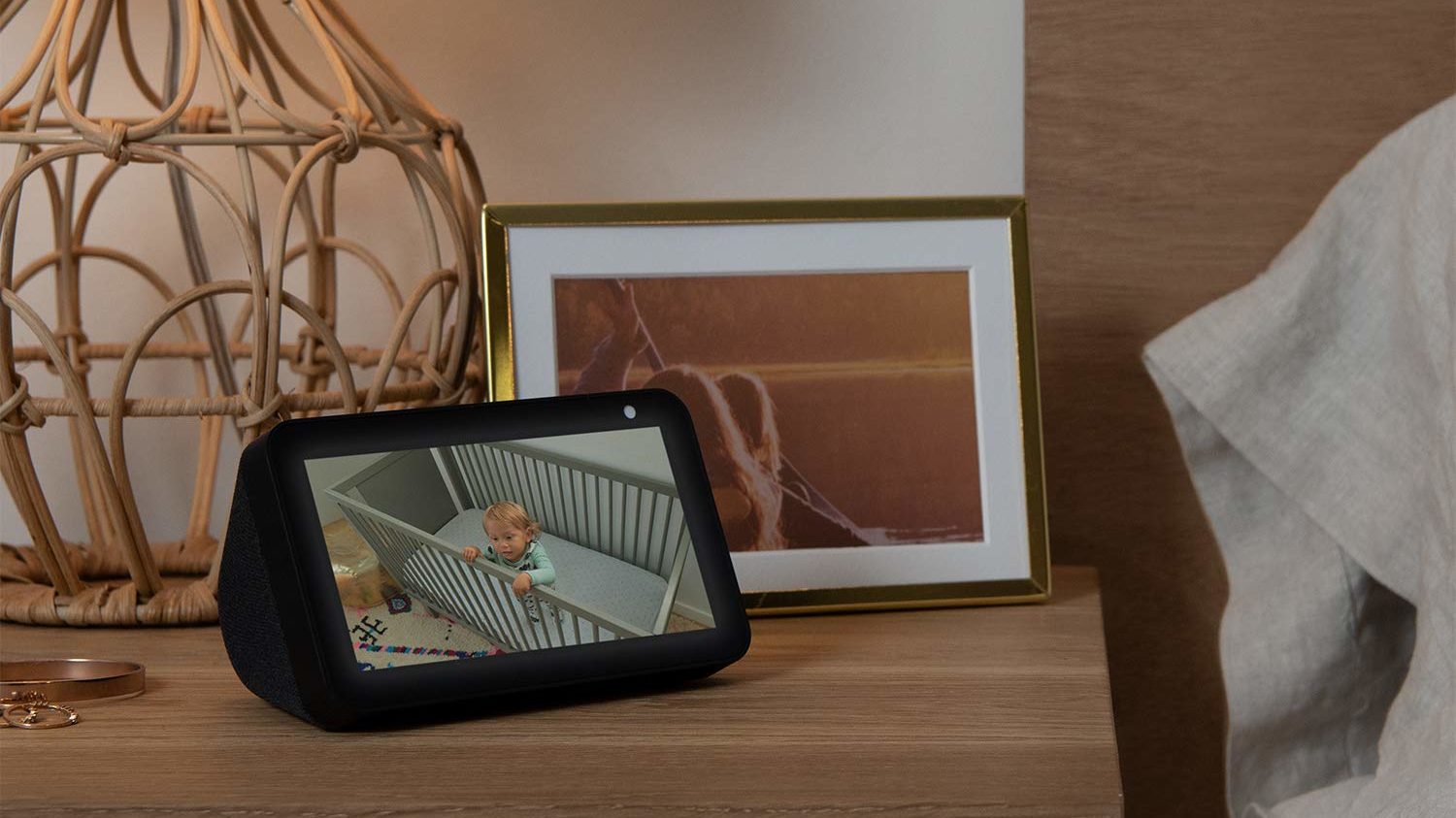
As a starting point, you might try our general guide to using Amazon Alexa, and related articles on setting up an Amazon Echo, removing a device from Alexa, or connecting Alexa to Wi-Fi. You can also search Amazon’s support pages, though we’ve tried to simplify topics and touch on aspects Amazon doesn’t necessarily cover.
A common last-ditch measure is to do a factory reset of your Alexa speaker. You’ll have to go through the setup process again and possibly update your routines, but there’s nothing to lose if your device isn’t working anyway.
Read more: The best smart speakers you can buy